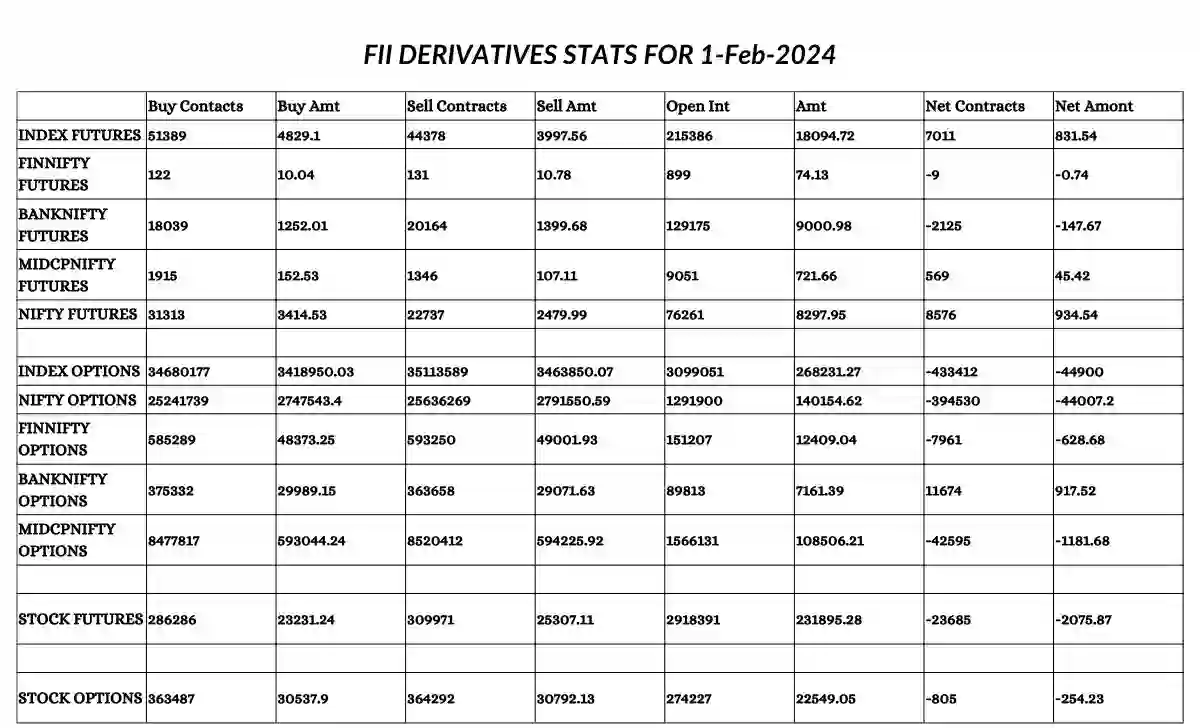Navigating India’s Fiscal Vision: Insights from Moody’s and Former Chief Economic Advisor
Explore India’s fiscal vision through insights from Moody’s and former Chief Economic Advisor. Uncover the nation’s growth trajectory and economic strategies.
In a recent discussion at CNBC TV18, Moody’s Investors Service’s Christian de Guzman and former Chief Economic Advisor KV Subramanian shared valuable insights into India’s fiscal vision. This article delves into key aspects of India’s economic trajectory, government initiatives, and growth implications, as India navigates its fiscal vision.
India’s Fiscal Vision Unveiled: Moody’s Insights
The recent video discussion featuring Christian de Guzman from Moody’s Investors Service and former Chief Economic Advisor KV Subramanian provided valuable insights into India’s credit rating and market growth outlook. The discussion centered around the Union Budget’s implications for the economy, shedding light on key government initiatives aimed at fostering economic growth.
Vision for Growth
Subramanian highlighted the budget’s overarching vision, emphasizing India’s aim to achieve 7% plus growth over the coming decade. The allocation of 1 lakh crore for zero-interest loans dedicated to research and innovation stood out as a pivotal step. This move underscores the importance of innovation in positioning India among the top economies globally, especially as it broke into the top 50 for innovation in 2020.
Also Read:
Capital Expenditure and Infrastructure
The discussion touched upon the 11% increase in capital expenditure, signaling positive strides in infrastructure development. However, Subramanian emphasized the need for further increases to meet the substantial demand for infrastructure, essential for India to compete with advanced economies. The incentives provided to states for investing in infrastructure have already seen a 47% increase, reflecting a positive response.
Conservative Fiscal Approach
Analyzing the budget’s fiscal stance, Subramanian suggested a case of underpromising and likely overdelivering. He pointed out that the assumed 5.8% growth might be conservative, considering the tax revenue’s run rate at 14%. The former Chief Economic Advisor stressed the importance of recognizing India’s fiscal transparent path, expressing hope for credit rating agencies to acknowledge the credible fiscal consolidation.
Moody’s Perspective
Christian de Guzman, representing Moody’s Investors Service, acknowledged India as one of the world’s strongest economies. Despite this recognition, he emphasized the challenges India faces, including the stock of debt and interest payments to revenue. Moody’s lauded India’s fiscal deficit reduction but cautioned about potential global challenges such as climate shocks and geopolitical tensions affecting the nation.
Future Expectations
Looking ahead to the final budget, both speakers expected the government to maintain its commitment to fiscal discipline. However, they highlighted potential challenges, such as climate shocks and geopolitical tensions, which might necessitate fiscal action in the future.
Conclusion
The video discussion provided a comprehensive analysis of India’s credit rating and market outlook, featuring insights from both Moody’s Investors Service and former Chief Economic Advisor KV Subramanian. As India navigates its fiscal vision for the future, it remains crucial for policymakers to navigate global challenges while ensuring sustained economic growth. The government’s commitment to fiscal discipline and strategic investments will play a pivotal role in shaping India’s financial landscape in the coming years.







